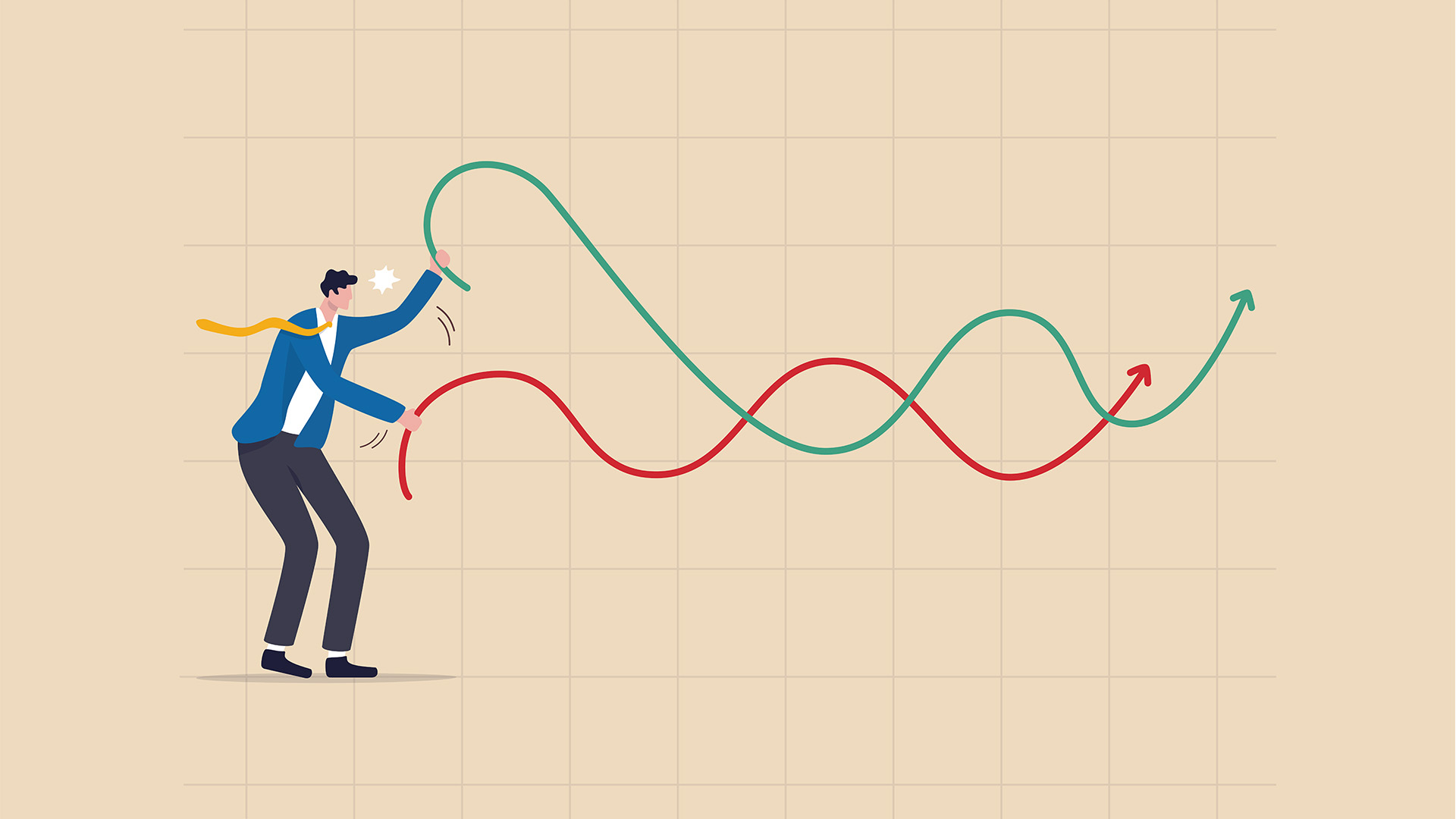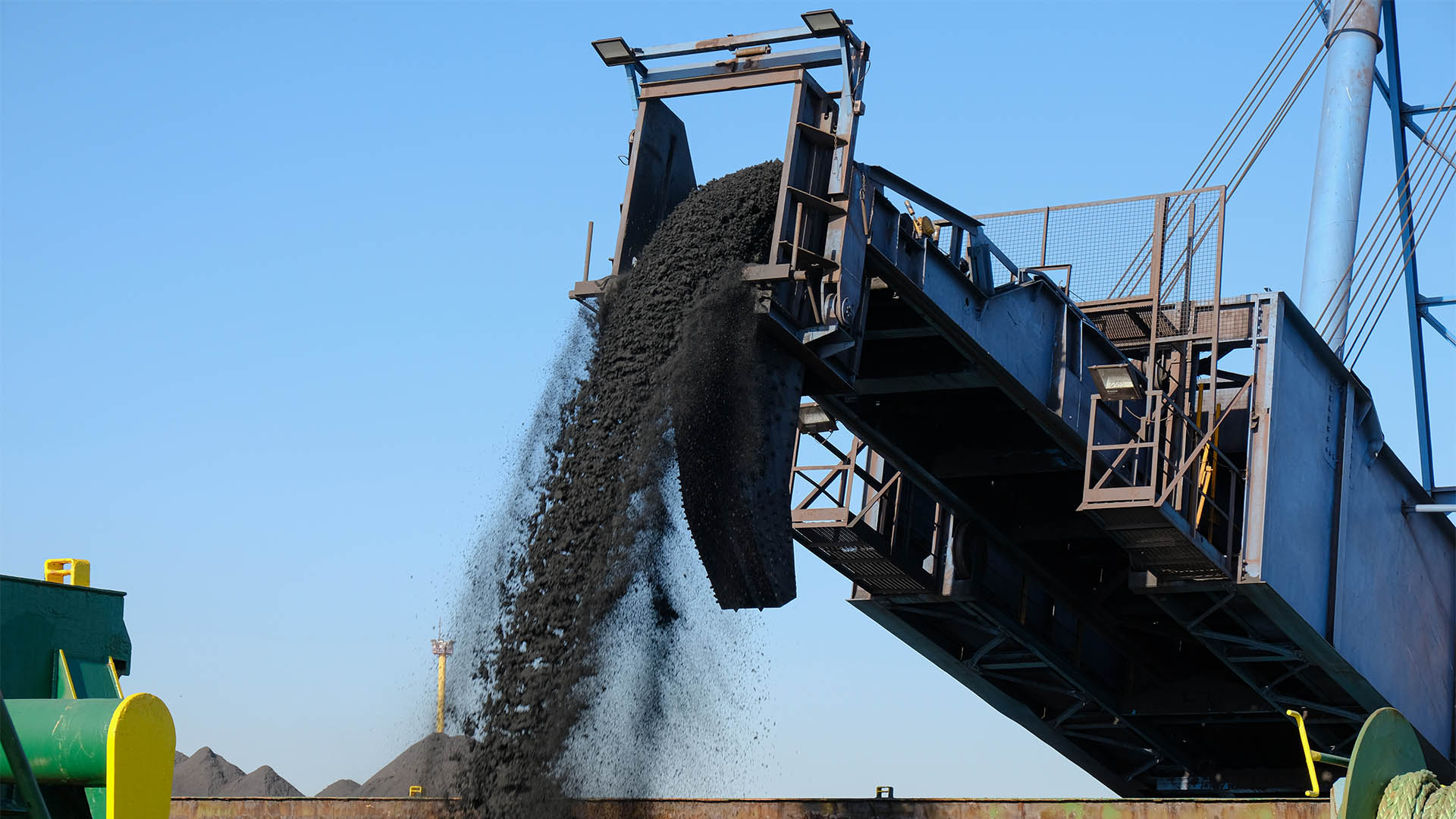The US economy saw its largest fall ever in economic activity in the three months to June, falling a record 9.5% from the March quarter, for an annual slump of 32.9% (also a record), according to the first estimate of June quarter’s GDP issued on Thursday.
The falls were deepest declines in output since the US government started keeping records in 1947.
The drop in the annual GDP rate was more than triple the previous all-time decline of 10% in the second quarter of 1958. The economy contracted at a 5.0% (annual) pace in the first quarter.
At the same time, the recovery from that record contraction is now looking more fragile than previously thought as the COVID-19 virus spreads through the south and west of the US, forcing closures, partial lockdowns, and a new round of company closures and job losses.
So it’s no wonder the Fed is now very worried about the impact on the tentative economic recovery from COVID-19’s new flare-up across much of the US, on economic activity.
Figures issued on Thursday showed a second weekly rise in the number of new jobless claims, and for the first time since May, a rise in the number of continuing claims.
Claims had been on a steady decline after peaking in late March but kicked higher last week and again this week.
Initial jobless claims rose by 12,000 to 1.434 in the week ended July 25, the US Labor Department said Thursday. A federal relief program for so-called “gig” workers like Uber drivers, totaled 829,607 last week.
The number of people already collecting economic benefits, known as continuing claims rose by 867,000 to 17.06 million. These claims are reported with a one-week lag and are a sign that workers are staying longer on unemployment rolls and rehiring has slowed.
The figures show that layoffs are rising as the virus spreads across the South and West of the US (Texas, Florida and California especially) and bars and restaurants are forced to scale back operations.
Strong job gains in May and June had raised optimism about the labour market recovery with over 7 million new jobs. The July data is out a week today and economists say gains if any will be weaker than expected.
In his post-meeting media conference on Wednesday, Federal Reserve Chair Jerome Powell said the labour market “has a long way to go to recover.” he also, for the first time, linked the progress of the virus and the economic recovery.
“We have seen some signs in recent weeks that the increase in virus cases and the renewed measures to control it are starting to weigh on economic activity,” Powell said in an online news conference.
“On balance, it looks like the data is pointing to a slowing in the pace of the recovery. I want to stress that it is hard to tell how sustained that will be,” Powell said at a press conference.
The United States, he said, “has entered a new phase in containing the virus, which is essential to protect both our health and our economy.”
The GDP data showed that Previously GDP had never shrunk by more than 10% in any quarter since the government began tracking it after World War Two.
Driving the fall was a record annual fall in consumer spending of 34.6% in the three months to June.
The report shows that the slump was deepest in services — travel, tourism, medical care, eating out, etc.
Businesses that rely on large groups of customers and heavy store traffic in malls and eating hubs, bars, cafes, takeaway chains, and the like bore the brunt of the slump with spending on services nosediving a massive 43.5%.
Households also spent far less on goods, though the fall wasn’t quite as steep – purchases dropped 11.3% and were offset by people buying more groceries and other household staples with many working from home, but sales of clothing, petrol, and many other goods all fell sharply.
Business investment also plunged as companies froze or slashed spending, sent staff on paid or unpaid leave, and stopped operating in many cases (such as airlines, department stores, car makers). Outlays on business infrastructure such as oil rigs sank 35% while spending on equipment shrank by 37.7%. Both were record falls.
Even though the US economy is different in complexion to Australia’s there is no reason to think that the experience here in the June quarter will be much different.
Federal Treasury Secretary Steven Kennedy says the economy is forecast to shrink by 7% in the June quarter from the three months to March (The figures won’t be out until early September). That’s an annual rate of more than 28% (to use the same basis as the Americans use).
Dr. Kennedy told a Senate committee on Thursday that the rapid rise in COVID-19 numbers in Victoria has already impacted the economy and forecasts since the government’s mini-budget 10 days ago.
“Even since we put this update to government, things have deteriorated in a major state,” he told the committee.
“Further constraints, be they through movement or through the extension of the six-week measures that the Victorian government announced, will mean growth will be lower, employment will be lower and unemployment will be higher.”
That was just Victoria. The slowly spreading case numbers in NSW will have an impact soon on the forecasts with border and other lockdowns back in place.
With the Federal government due to cut its JobSeeker and Jobkeeper support payments in September ANZ’s economist’s team reckon there is a growing chance of a double-dip recession.
They say that the reduction in government support on top of the problems in Victoria could see the economy double-dipping into contraction.
ANZ is forecasting GDP to slip by 0.4% in the December quarter after a 1.8% increase in the September quarter. It contracted 0.3% in the March quarter.












